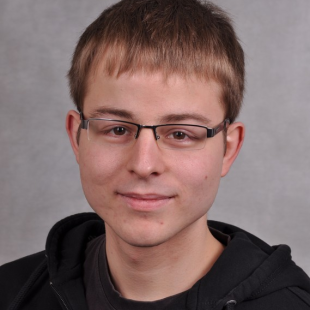
Christoph Böddeker
Nachrichtentechnik (NT) / Heinz Nixdorf Institut
Wissenschaftlicher Mitarbeiter
Forschung & Lehre
- E-Mail:
- boeddeker@nt.uni-paderborn.de
- Telefon:
- +49 5251 60-5288
- Web:
- Homepage
- Büroanschrift:
-
Pohlweg 47-49
33098 Paderborn - Raum:
- P7.2.06
Publikationen
Aktuelle Publikationen
The CHiME-8 DASR Challenge for Generalizable and Array Agnostic Distant Automatic Speech Recognition and Diarization
S. Cornell, T. Park, S. Huang, C. Boeddeker, X. Chang, M. Maciejewski, M. Wiesner, P. Garcia, S. Watanabe, ArXiv:2407.16447 (2024).
TS-SEP: Joint Diarization and Separation Conditioned on Estimated Speaker Embeddings
C. Boeddeker, A.S. Subramanian, G. Wichern, R. Haeb-Umbach, J. Le Roux, IEEE/ACM Transactions on Audio, Speech, and Language Processing 32 (2024) 1185–1197.
Meeting Recognition with Continuous Speech Separation and Transcription-Supported Diarization
T. von Neumann, C. Boeddeker, T. Cord-Landwehr, M. Delcroix, R. Haeb-Umbach, in: 2024 IEEE International Conference on Acoustics, Speech, and Signal Processing Workshops (ICASSPW), IEEE, 2024.
Once more Diarization: Improving meeting transcription systems through segment-level speaker reassignment
C. Boeddeker, T. Cord-Landwehr, R. Haeb-Umbach, in: Interspeech 2024, ISCA, 2024.
Combining TF-GridNet and Mixture Encoder for Continuous Speech Separation for Meeting Transcription
P. Vieting, S. Berger, T. von Neumann, C. Boeddeker, R. Schlüter, R. Haeb-Umbach, in: 2024 IEEE Spoken Language Technology Workshop (SLT), 2024.
Alle Publikationen anzeigen
